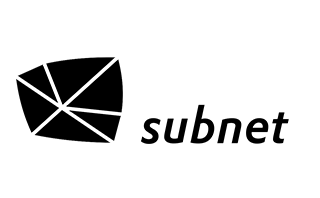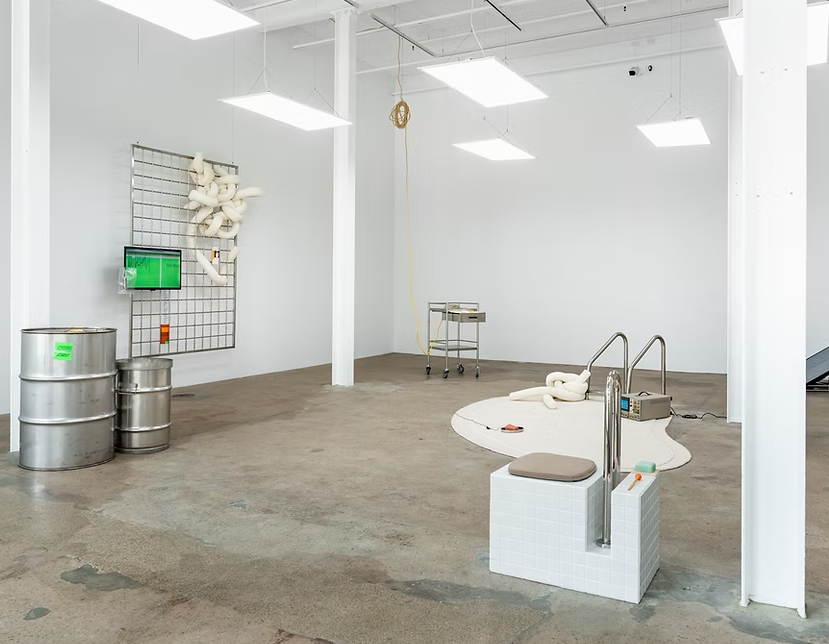@ HCI – Division for Human-Computer Interaction,
Techno-Z Salzburg Bauteil V, Jakob-Haringer-Straße 8, 5020 Salzburg
It’s our pleasure to welcome Amanda Bennetts to the MediaArt Salzburg residency! Wednesday, Nov 5th, she will present her project and talk about her work.
The jury states: „Amanda Bennett’s project proposal and her artistic practice demonstrate a compelling sense of urgency, a nuanced approach to innovation, and a commitment to artistic excellence. By engaging with the health and care sector and raising awareness about the fragility of bodily existence through the medium of art, she is developing innovative and radical narratives about the human condition, as she herself states: The project will address the interrelated themes of health, the technosphere, urban life. By focusing on the salt mines and alpine aquifers, she will reimagine the iconic wellness sites through an interdisciplinary lens, using wearable devices, sensory maps capture and speculative forms of therapy.“
Amanda Bennetts on her project proposal:
In an era where AI and data are reshaping our understanding of human behaviour and well-being, this project engages with contemporary debates on how these technologies can help us interpret both individual health experiences and the collective wellness of our cities. Having spent nine months in Austria, with frequent visits to Salzburg, I became fascinated by the physicality of the salt mines and the healing properties of alpine aquifers, both
offering a form of cure through bodily interaction with the natural elements. This project reimagines these culturally rich sites through data and artistic intervention, asking what they reveal about Salzburg’s broader ecosystem. I plan to collect environmental data using open-source IoT data (e.g., air quality, noise levels, webcams) and participants‘ physiological responses using EEG, ECG, EMG, and EDA biosensors. I will use BITalino by PLUX wearable devices to
collect data. These sensory maps will capture the sensory experience of moving through the city—tracing breath, stressors, and personal reactions. Then using Python and GIS to merge environmental and physiological data, rather
than focusing on wayfinding, efficiency, or productivity. These explorations will lay the groundwork for research and exploration that will inform the artistic outcome.
Amanda Bennetts is an Australian early career new media and installation artist working at the intersection
of art, science, and technology. Living with a progressive neurological disease and a rare muscular disease,
Bennetts harnesses her lived experience to critically explore care, health, and wellness. Bennetts is an
awarded artist and has exhibited extensively within her emerging career, accruing 20+ group exhibitions.
More about Amanda Bennetts: https://www.amandabennetts.art
Picturecredit: Louis Lim
____________________________
subnetAIR 2025 on the topic of „vision“.
Insight and dialogue in the field of tension: art, research, technology. www.subnet.at subnetAIR is a cooperation between the Center for Human Computer Interaction (University of Salzburg) and subnet.

